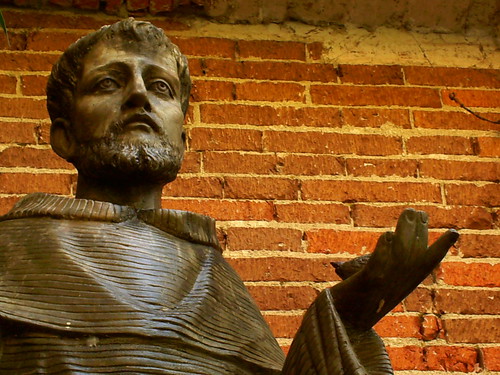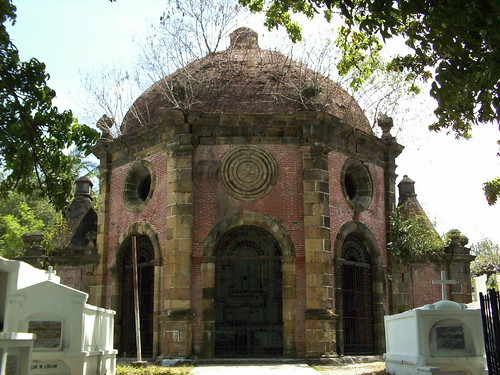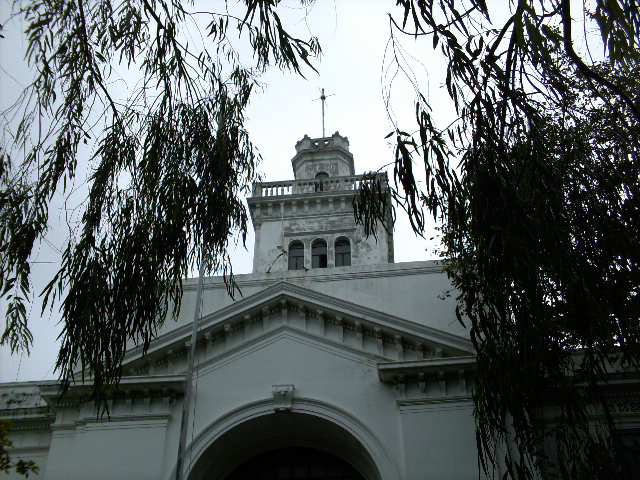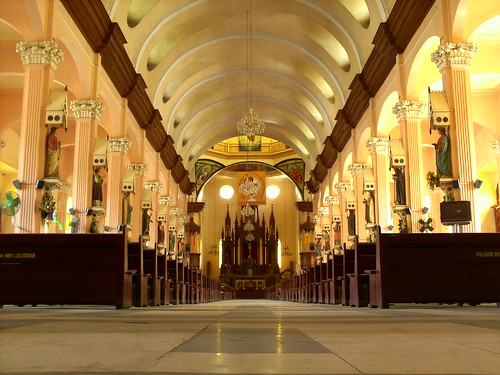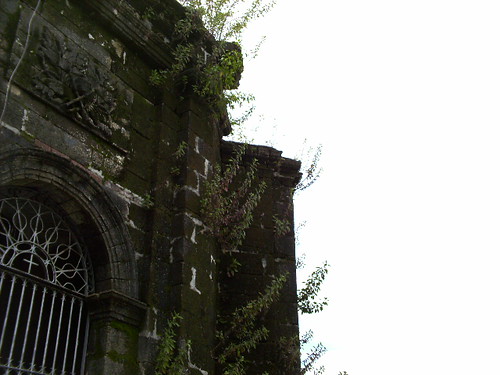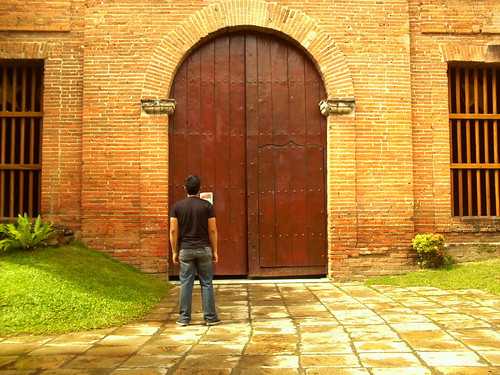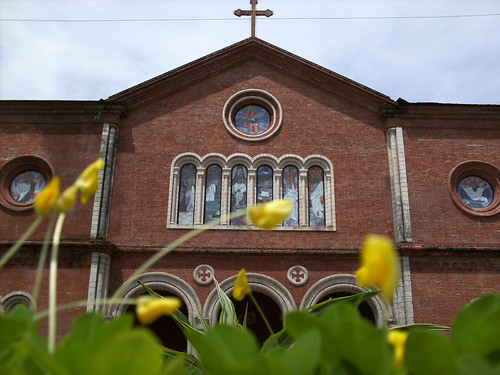 This post is quite late for Christmas but when you're in the Philippines , Christmas season is longer than the usual, thus, this Christmas post ain't very late at all.
This post is quite late for Christmas but when you're in the Philippines , Christmas season is longer than the usual, thus, this Christmas post ain't very late at all.The Robinson's Place, probably one of the top shopping destinations in the city shared a different twist of Christmas Decorations. Move the Christmas Lanterns and welcome the colorful icons of popular cities around the world.
The Eiffel Tower of Paris , The Sydney Opera House, The Leaning Tower of Pisa, New York's Statue of Liberty, Roman Colosseum, Russia's Saint Basil's Cathedral and more wonders merged in one setting to showcase Christmas as the world sees it.
Wherever you may be, may it be in the Philippines or somewhere out there on the other side of the globe. The real meaning of Christmas isn't just about presents, Santa Claus or Noche Buena. Christmas is all about the birth of our Jesus Christ.



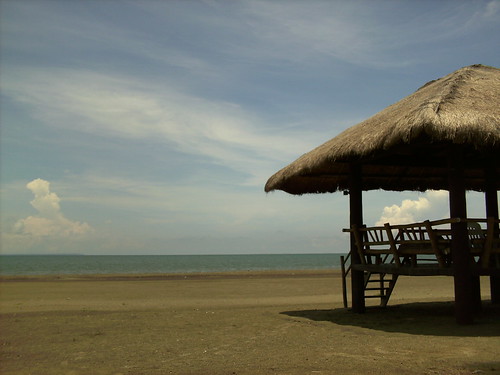
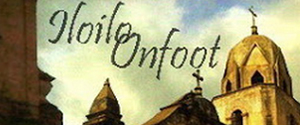


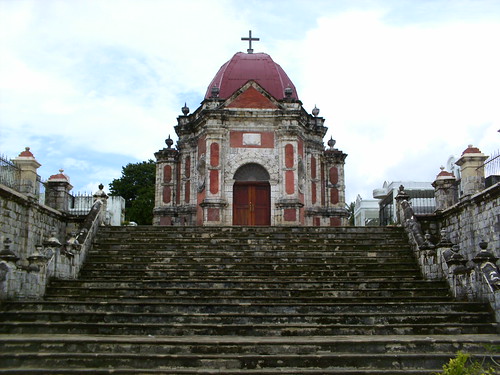
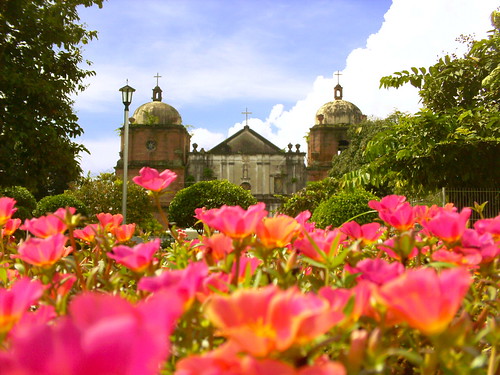
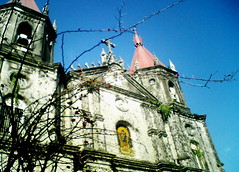
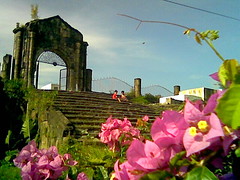

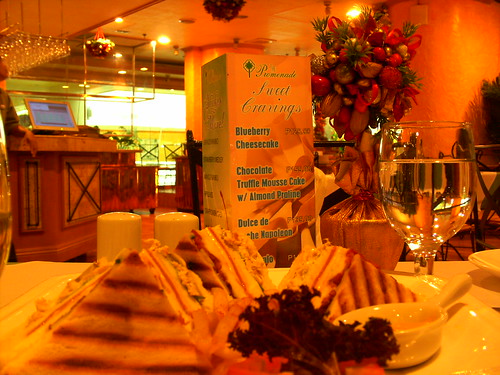

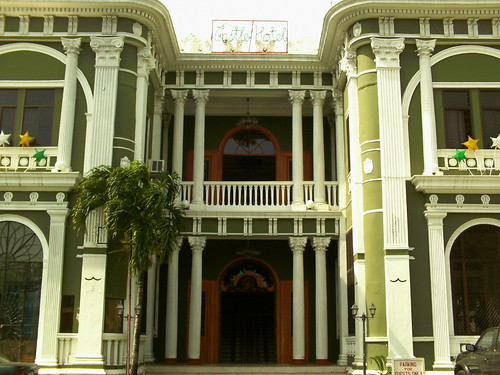
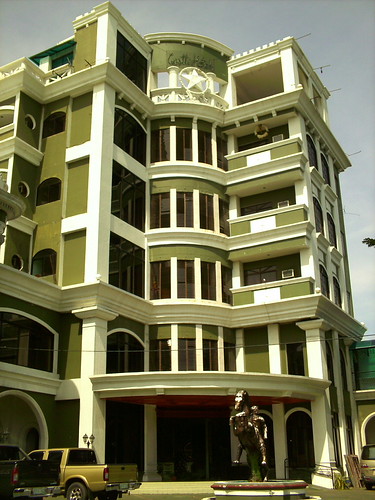
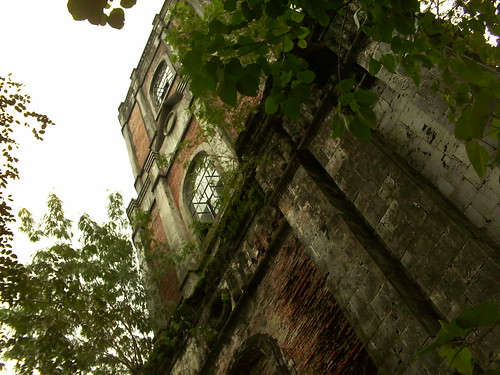
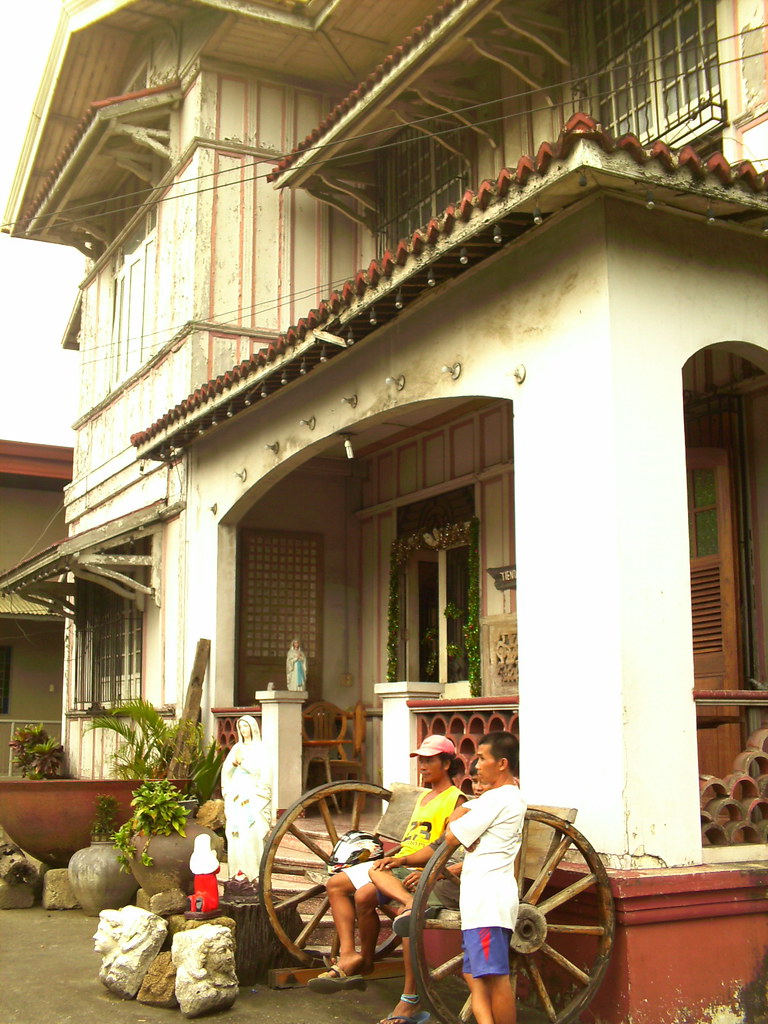
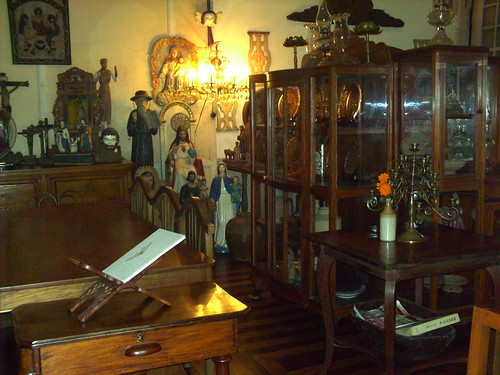
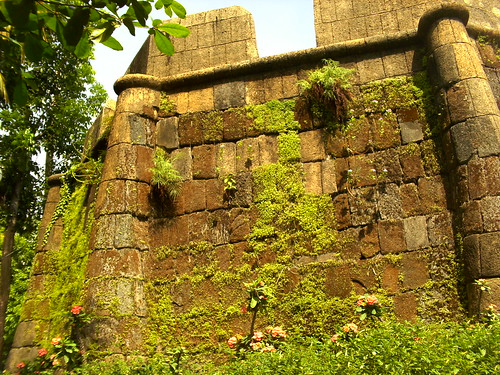

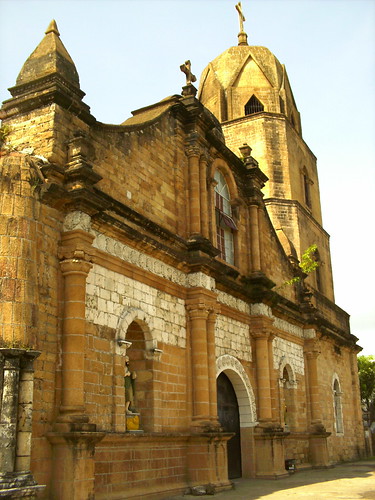
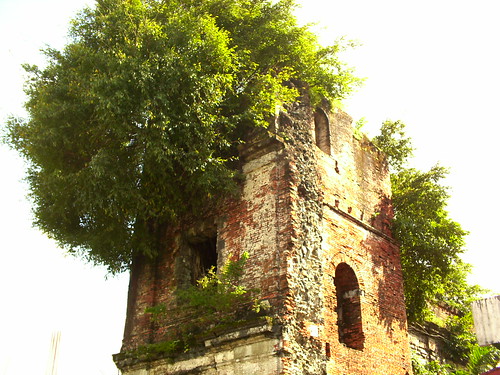


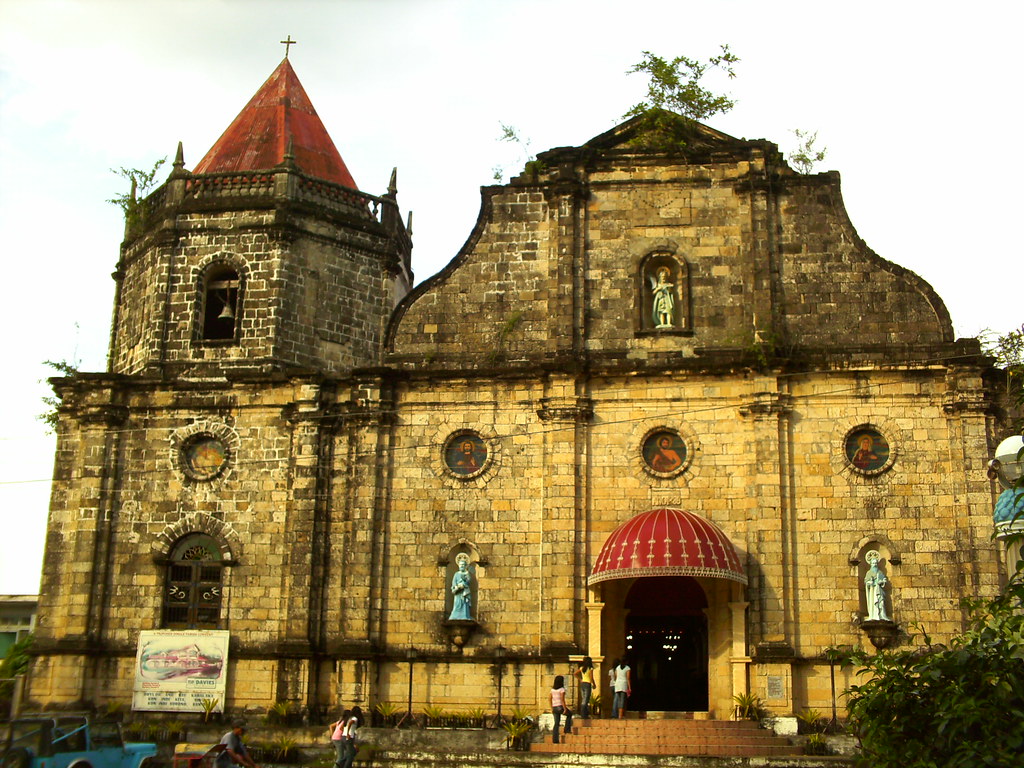

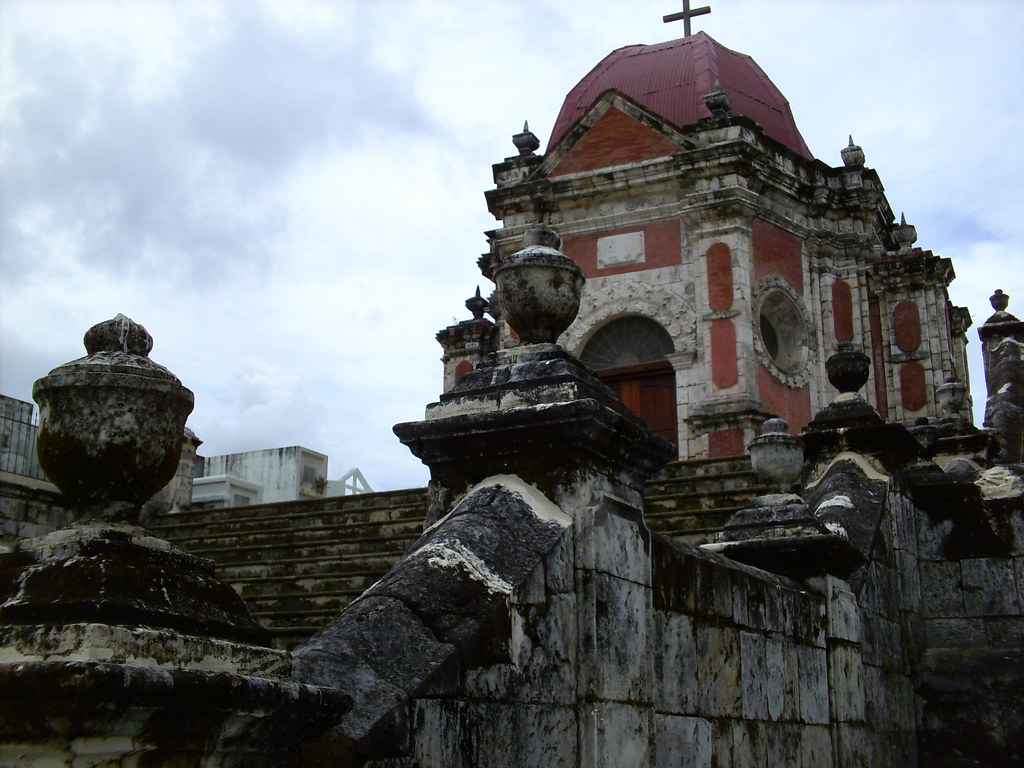



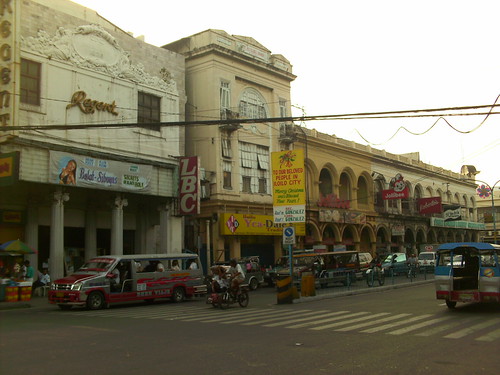
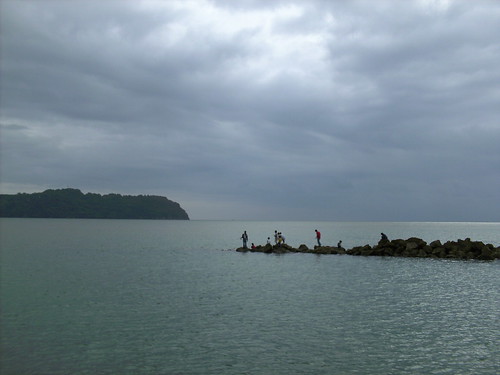

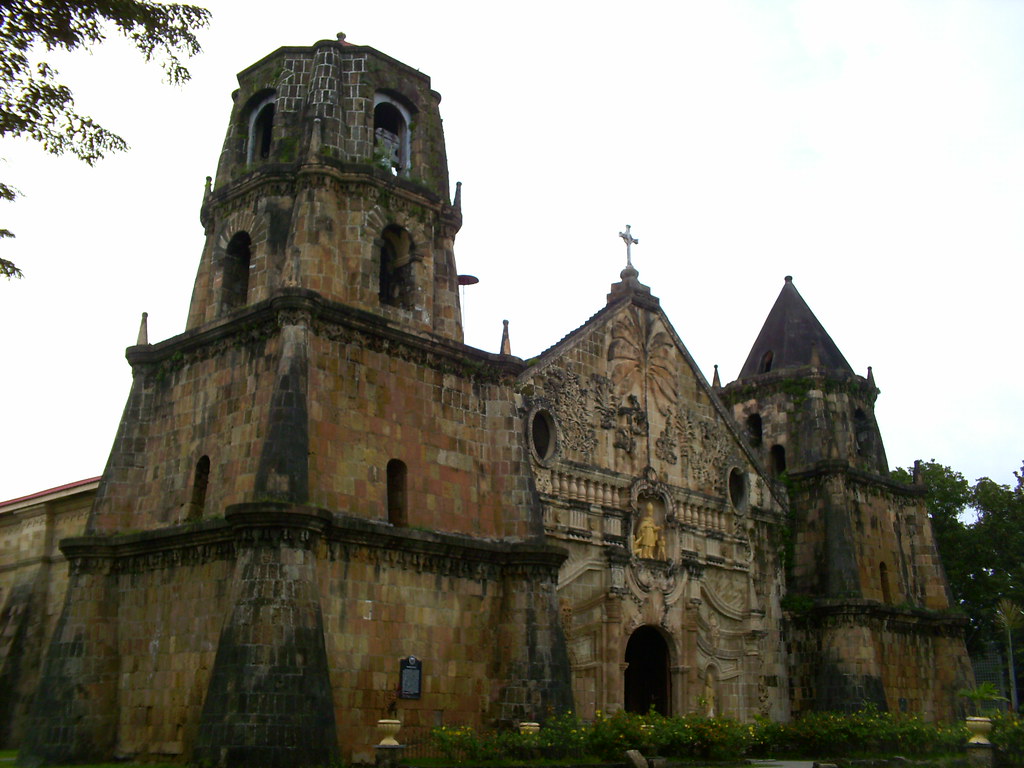

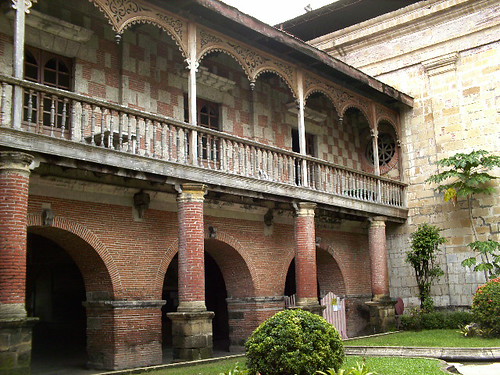 Historically, Santa Barbara Church was the headquarters of Iloilo's Revolutionary government which was headed by Iloilo's first provincial governor, General Delgado. The convent survived the threats of World War II but some parts were damaged after the 1948 tremor.
Historically, Santa Barbara Church was the headquarters of Iloilo's Revolutionary government which was headed by Iloilo's first provincial governor, General Delgado. The convent survived the threats of World War II but some parts were damaged after the 1948 tremor.